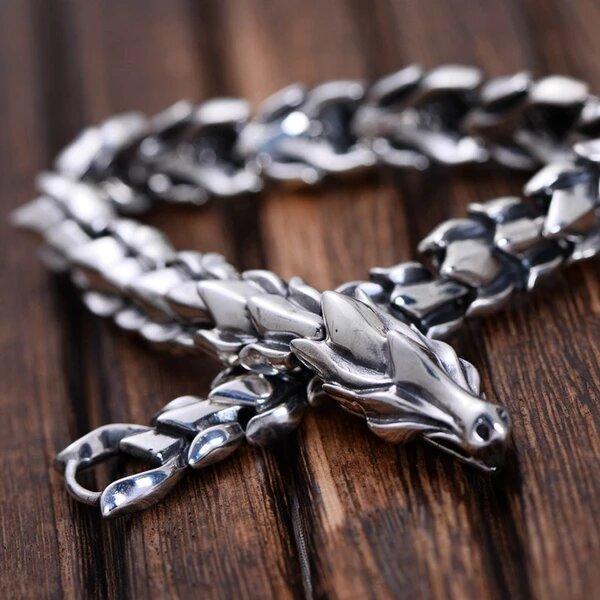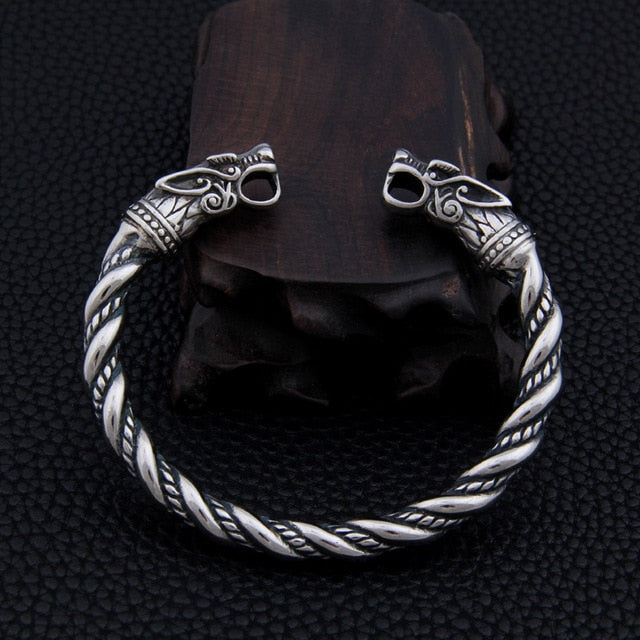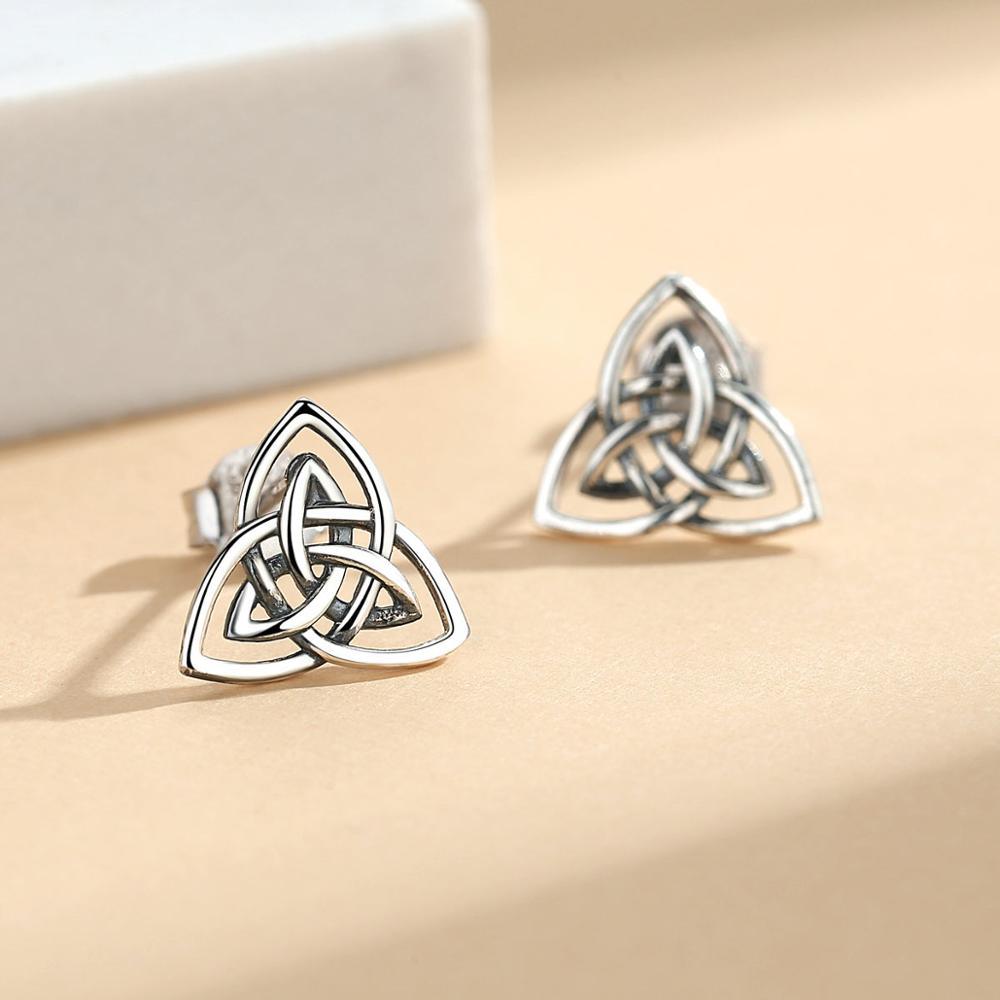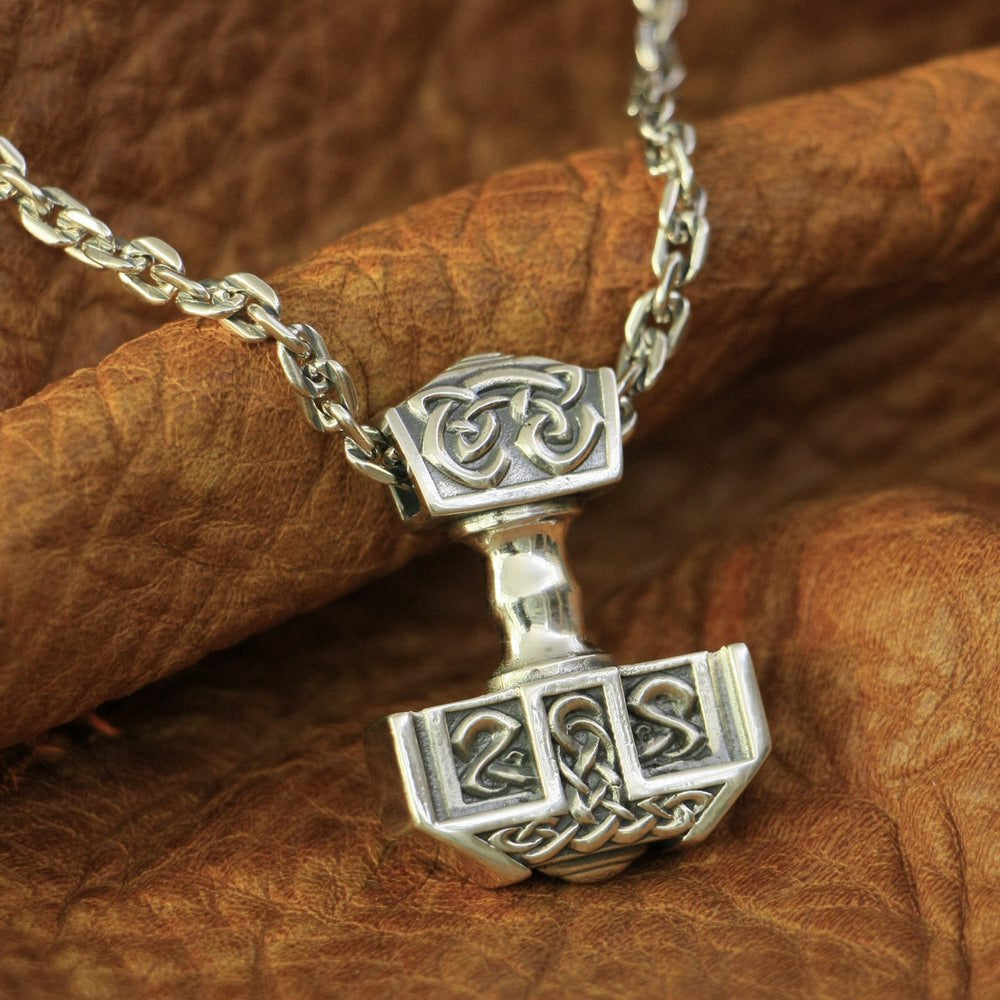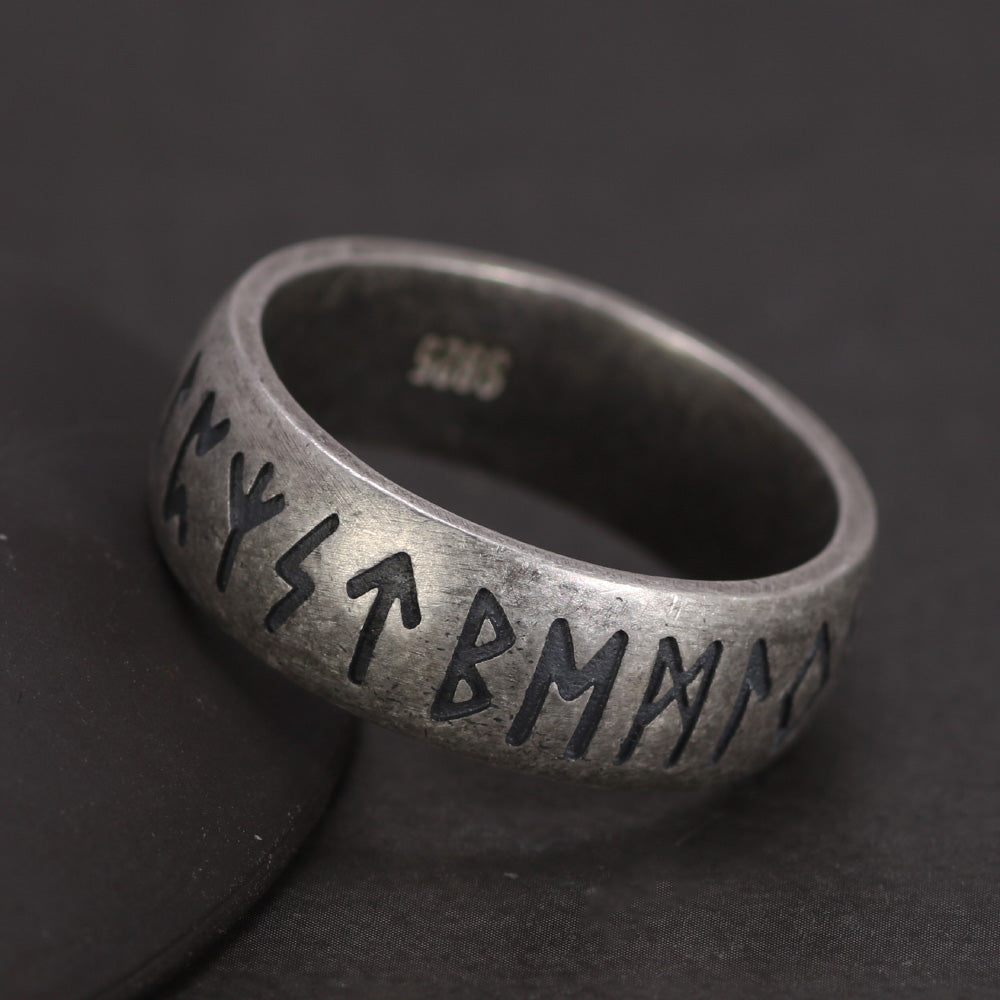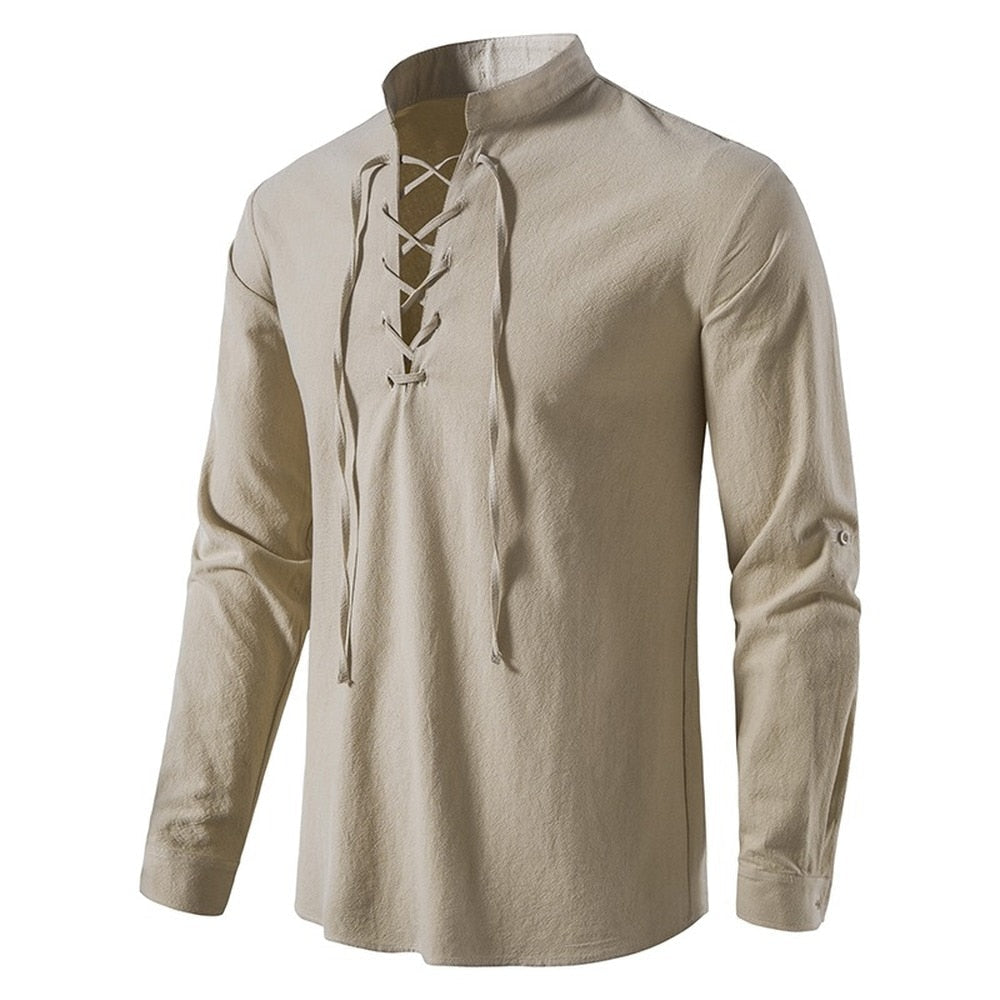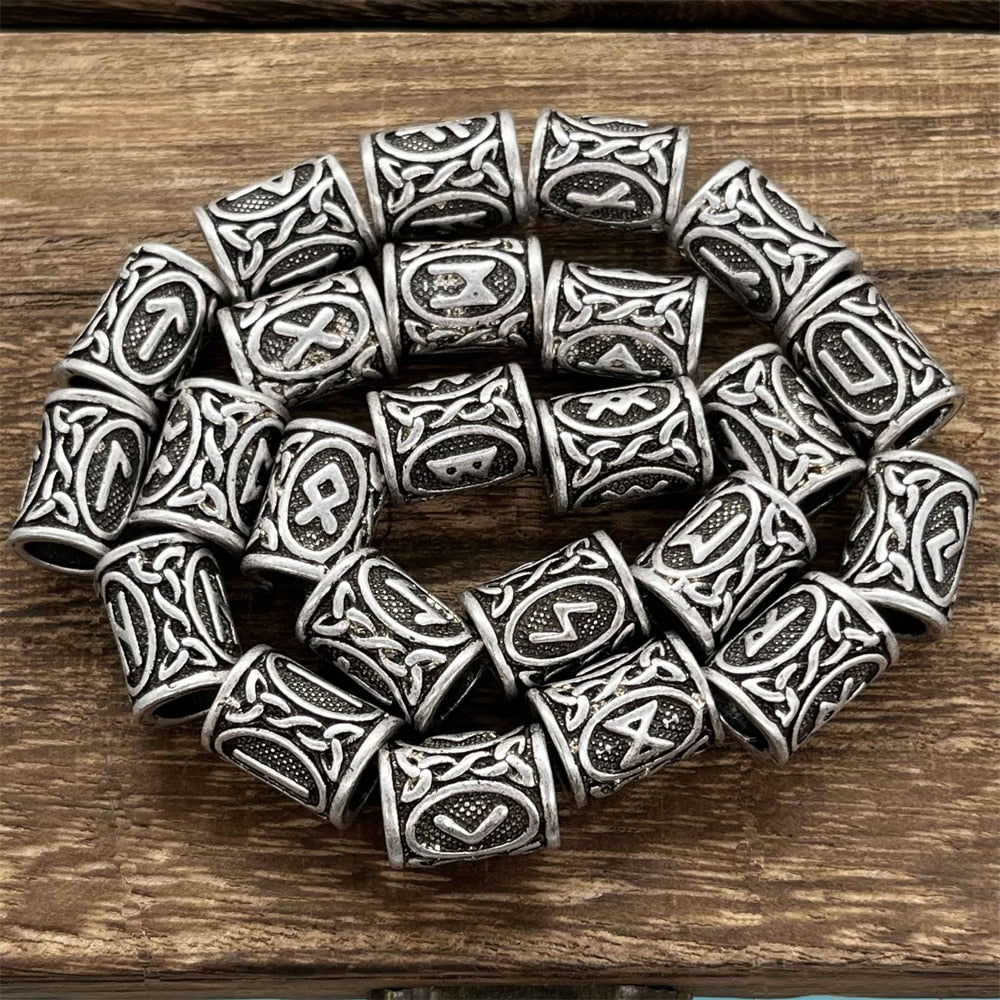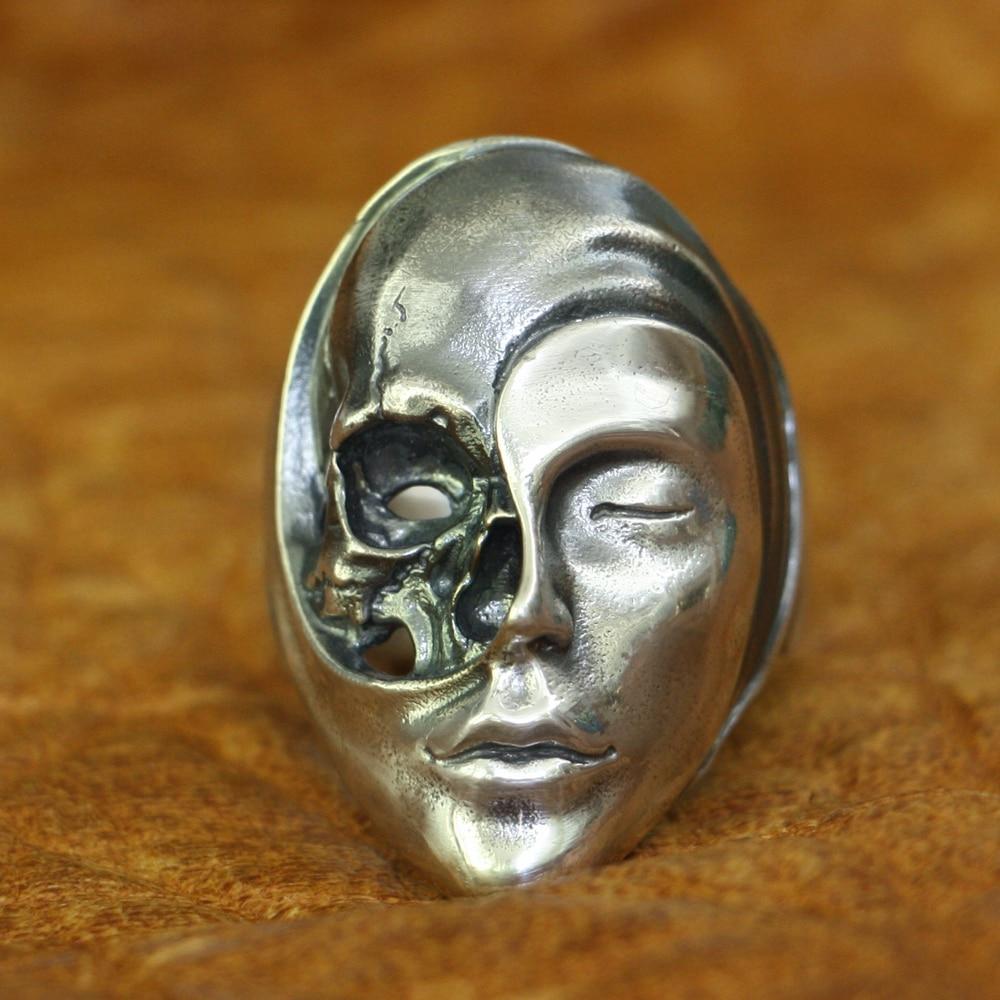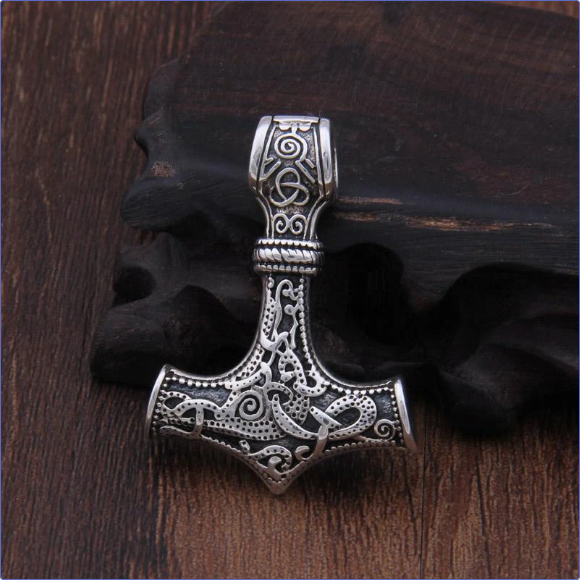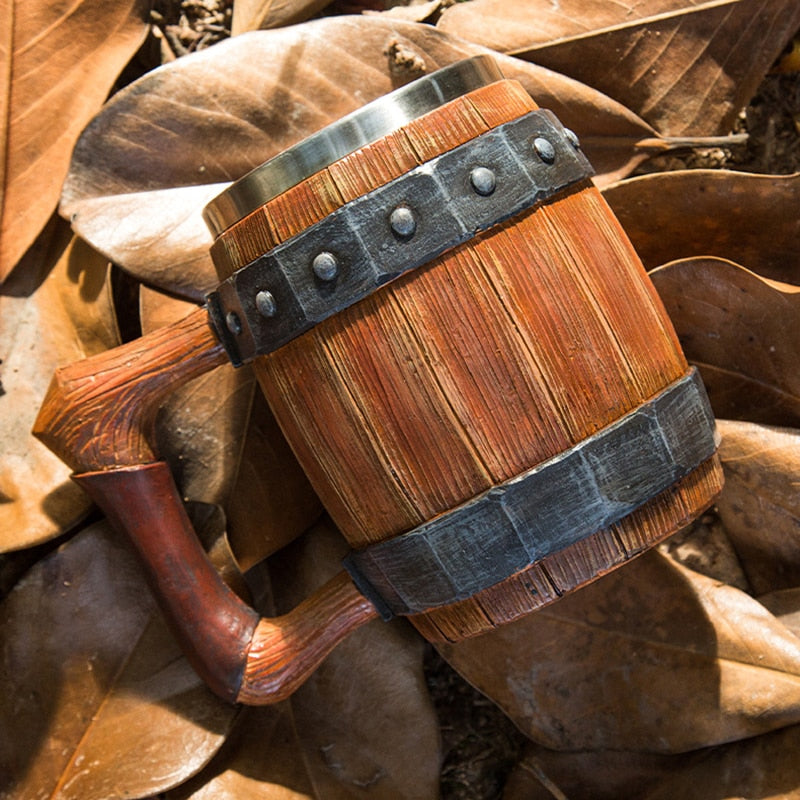Yggdrasil, is more than just a mythological symbol. The mighty the World Tree is the cosmic axis that connects the Nine Realms of Norse cosmology. Each of these realms representing different aspects of existence, belief and cosmological function.

Yggdrasil: The World Tree
Yggdrasil is described in Norse texts as a massive ash tree that connects the heavens, the earth and the underworld. Its roots extend deep into various realms, while its branches stretch over all of existence. One of the lesser known facts about the mighty tree is that the name Yggdrasil can be interpreted as “Odin’s horse”. The name is derived from Old Norse, with "Yggr" being one of Odin's many names and "drasill" meaning "horse" a reference to the All-Father Odin’s self-sacrifice where he hung from the tree for nine days and nights to gain the wisdom of the runes.
The tree is tended by three Norns — Urd (past), Verdandi (present), and Skuld (future) — who water its roots daily from the Well of Urd to keep it from decay. Despite their care, Yggdrasil is not immortal. Like the Gods and the cosmos itself, it is fated to perish in Ragnarök, the end-time catastrophe of Norse myth. However, this destruction is part of a greater cycle of death and rebirth, mirroring the seasonal and existential cycles.
The Nine Realms of Norse Mythology
Yggdrasil connects the Nine Realms, which are distinct worlds inhabited by gods, humans, giants, dwarves, and the dead. Each realm serves a specific function within the cosmological order:
Asgard
Home of the Aesir gods, including Odin, Thor, and Frigg. Asgard is a realm of divine power, wisdom, and war. It is connected to Midgard (the human world) by Bifröst, the rainbow bridge.

Midgard
The realm of humanity, encircled by a vast ocean and protected by the god Thor. Midgard is both physical and symbolic — a realm of mortal existence and central to the Norse cosmology.
Vanaheim
The home of the Vanir, a group of fertility and nature deities who later joined the Aesir after a divine war. Gods like Njord, Freyr, and Freyja hail from this peaceful realm.
Jotunheim
The land of the Jötnar (giants), beings often in opposition to the Gods. Jotunheim represents the chaotic and wild forces of nature and is a place of both hostility and wisdom.
Alfheim
The realm of the Light Elves, who are described as beautiful and ethereal beings. Ruled by the God Freyr, Alfheim is associated with light, purity, and artistry.

Svartalfheim (or Nidavellir)
The dark world of dwarves (also known as dark elves in some texts), master smiths who crafted many of the Gods’ greatest treasures, including Thor’s hammer, Mjölnir (read more about the Creation of the Mighty Mjolnir here).
Niflheim
A realm of ice, cold, and mist. It is one of the primordial worlds from which creation emerged. It is also home to Hvergelmir, a spring from which many rivers flow, and guarded by the serpent Nidhogg.
Muspelheim
The realm of fire, ruled by the fire giant Surtr. Like Niflheim, it existed from the beginning and played a role in the cosmos's birth and will play a central role in its destruction.
Helheim
The underworld, ruled by the Goddess Hel, daughter of Loki. It is the resting place for those who die of illness or old age, in contrast to Valhalla, where warriors slain in battle are taken. Contrary to what may be commonly believed, the realm of Hel not a place of punishment, but simply a continuation of life somewhere else. The dead in Hel spend their time doing the same things that they did in life: eating, drinking, fighting, sleeping, and so forth. In some sagas, it’s even portrayed as a land of startlingly abundant life on the other side of death. (read more about Helheim, the realm of Hel here)
Cosmological Function and Symbolism
The arrangement of the Nine Realms around Yggdrasil is more symbolic than literal. Rather than a spatial map, the realms reflect a complex understanding of life, death, morality, and the forces of nature. Yggdrasil is the spine of the universe, and each realm plays a role in maintaining balance and destiny. The opposition between realms like Asgard and Jotunheim, or Niflheim and Muspelheim, suggests a worldview based on duality and tension, often mediated by the actions of Gods and heroes.
Yggdrasil also represents interconnectivity. The idea that all life is connected through the tree was a profound metaphysical concept. Events in one realm affect others — a battle in Asgard may influence life in Midgard, just as the health of Yggdrasil is tied to the wellbeing of all realms.

Legacy and Cultural Influence
Modern depictions of Norse mythology, from Marvel comics to video games, often draw heavily on the structure of the Nine Realms and Yggdrasil. While these adaptations vary in accuracy, they highlight the enduring fascination with Norse cosmology. Yggdrasil continues to inspire new generations with its potent imagery of unity, fate, and the cyclical nature of existence.
Yggdrasil and the Nine Realms form a mythological map that is as complex as it is beautiful. Through them, we gain insight into the Norse perception of the universe — one of interconnected worlds governed by fate, divine struggle, and cyclical renewal. Whether as metaphor or myth, Yggdrasil continues to grow in the human imagination, linking us not just to Norse ancestors, but to the timeless quest to understand our place in the cosmos.
References
Sturluson, Snorri. The Prose Edda: Norse Mythology. Translated by Jesse L. Byock, Penguin Classics, 2005. ISBN: 9780140447552.
Lindow, John. Norse Mythology: A Guide to the Gods, Heroes, Rituals, and Beliefs. Oxford University Press, 2001. ISBN: 9780195153828.
Simek, Rudolf. Dictionary of Northern Mythology. Translated by Angela Hall, D.S. Brewer, 2007. ISBN: 9780859915137.




